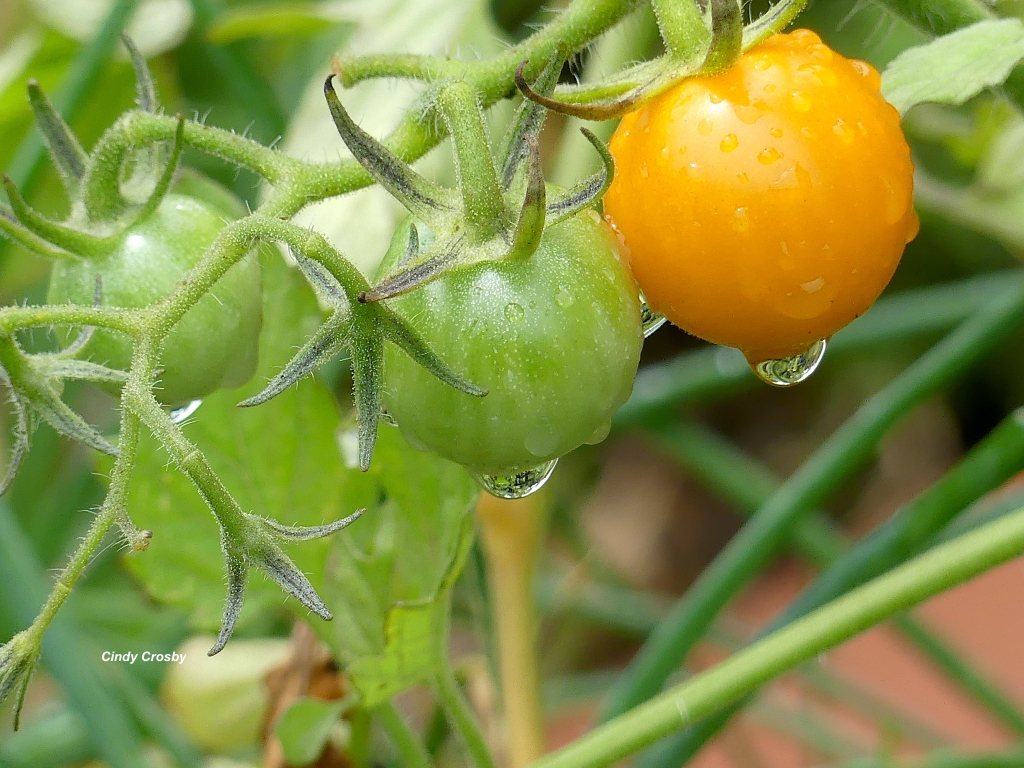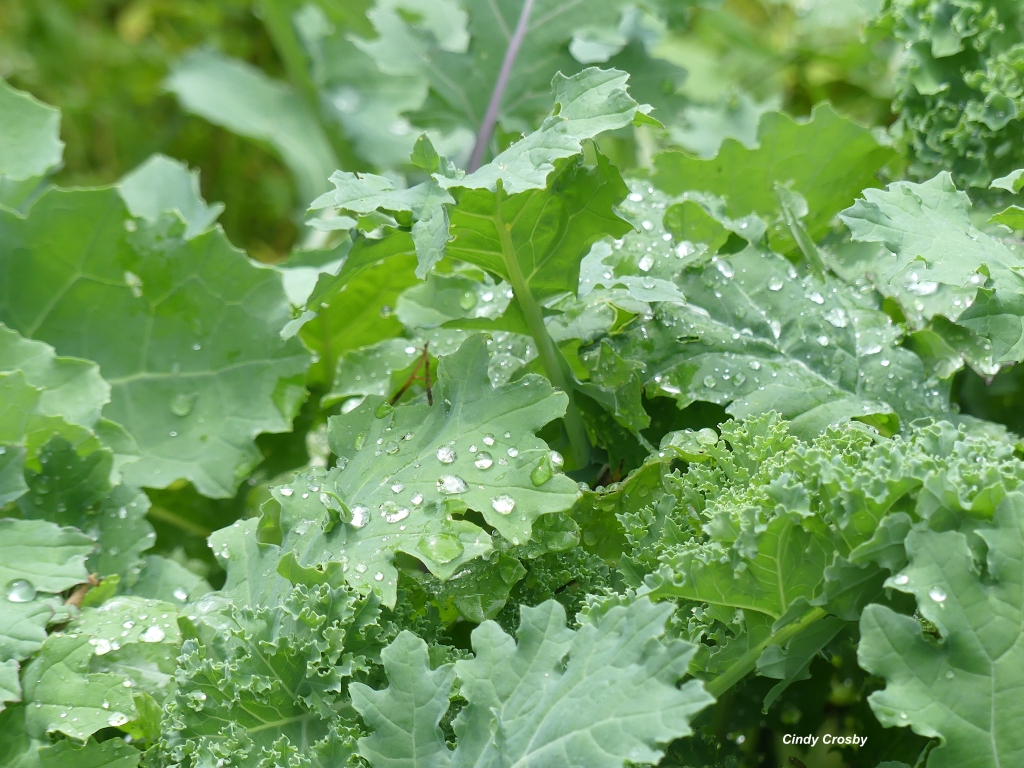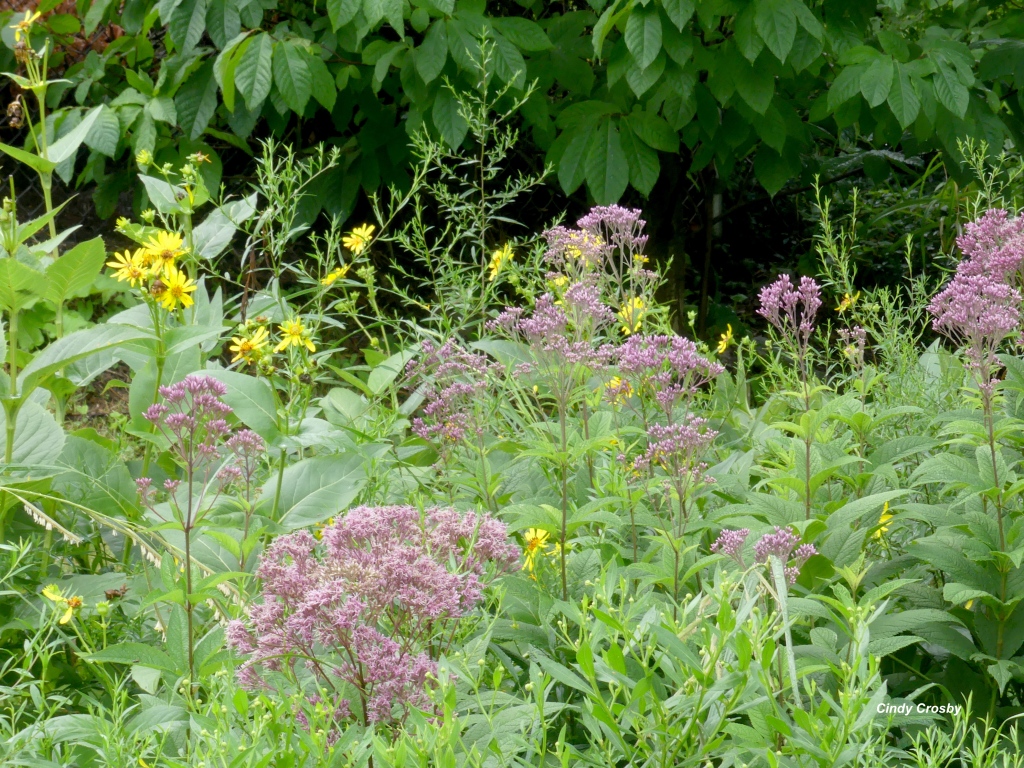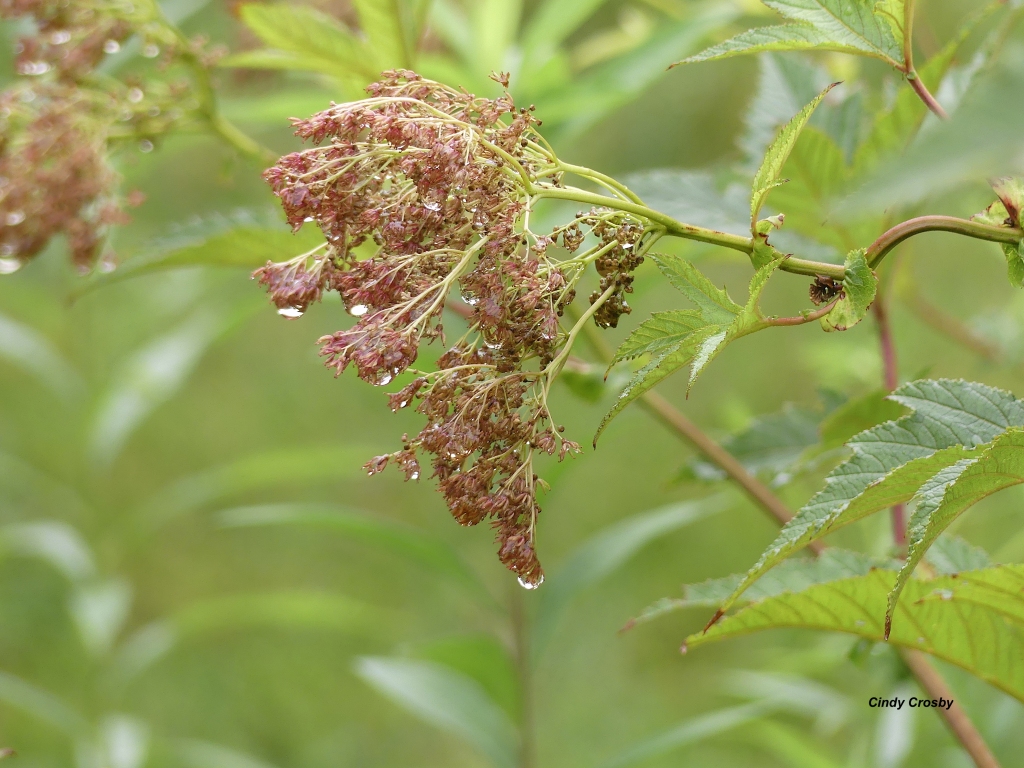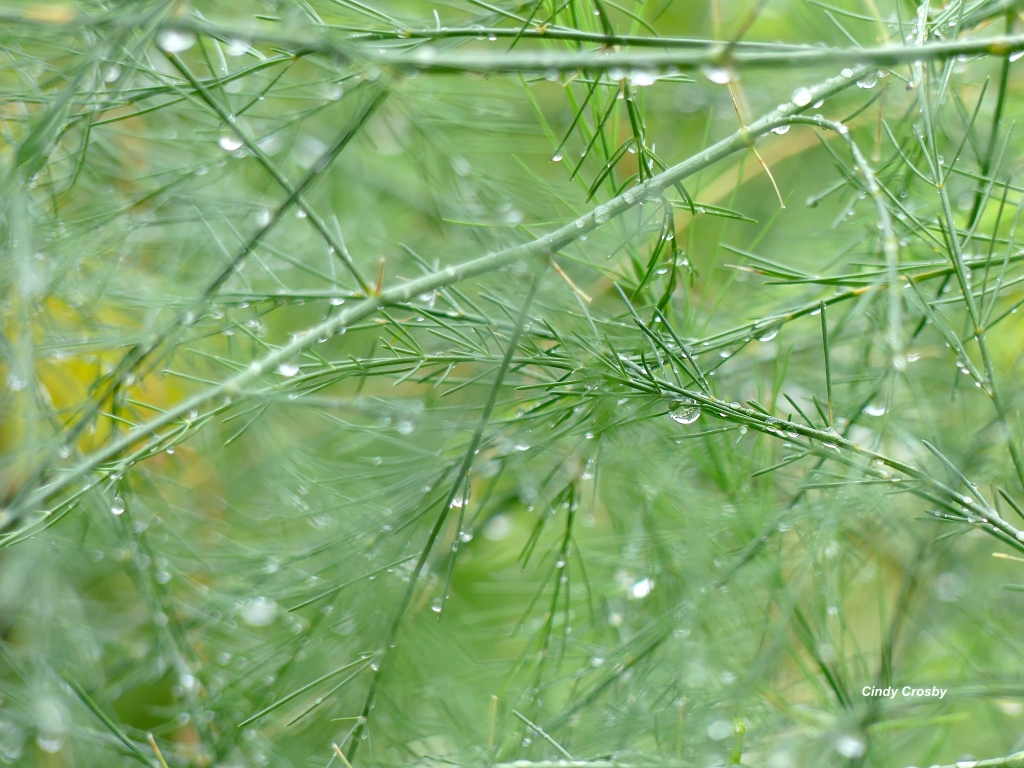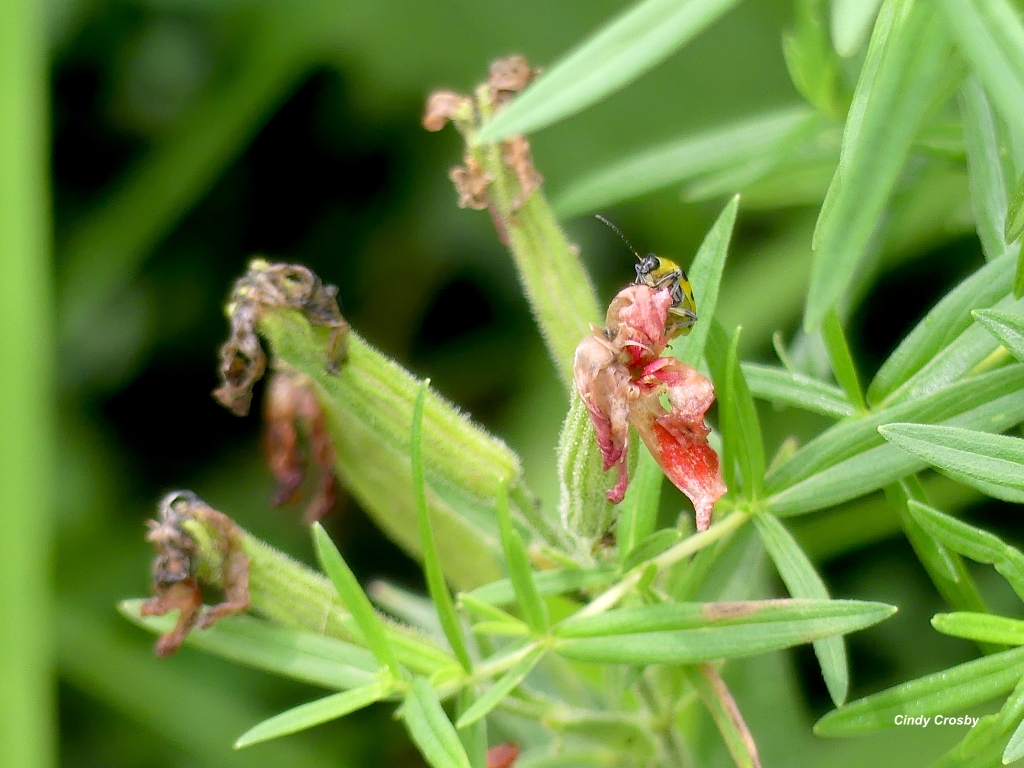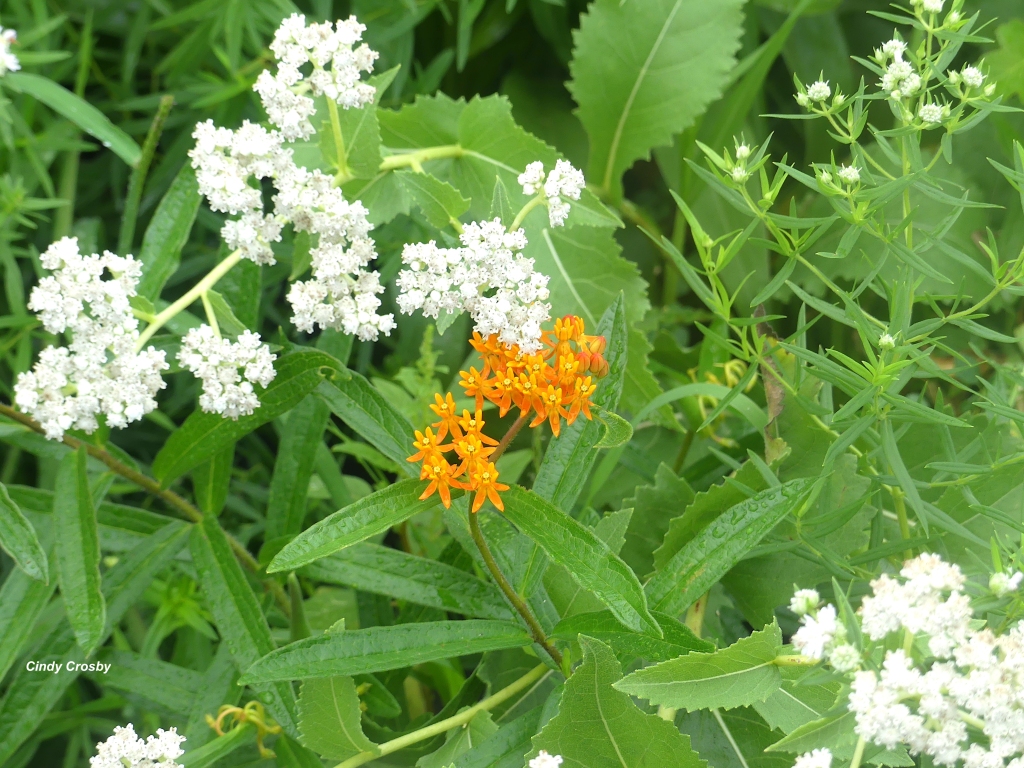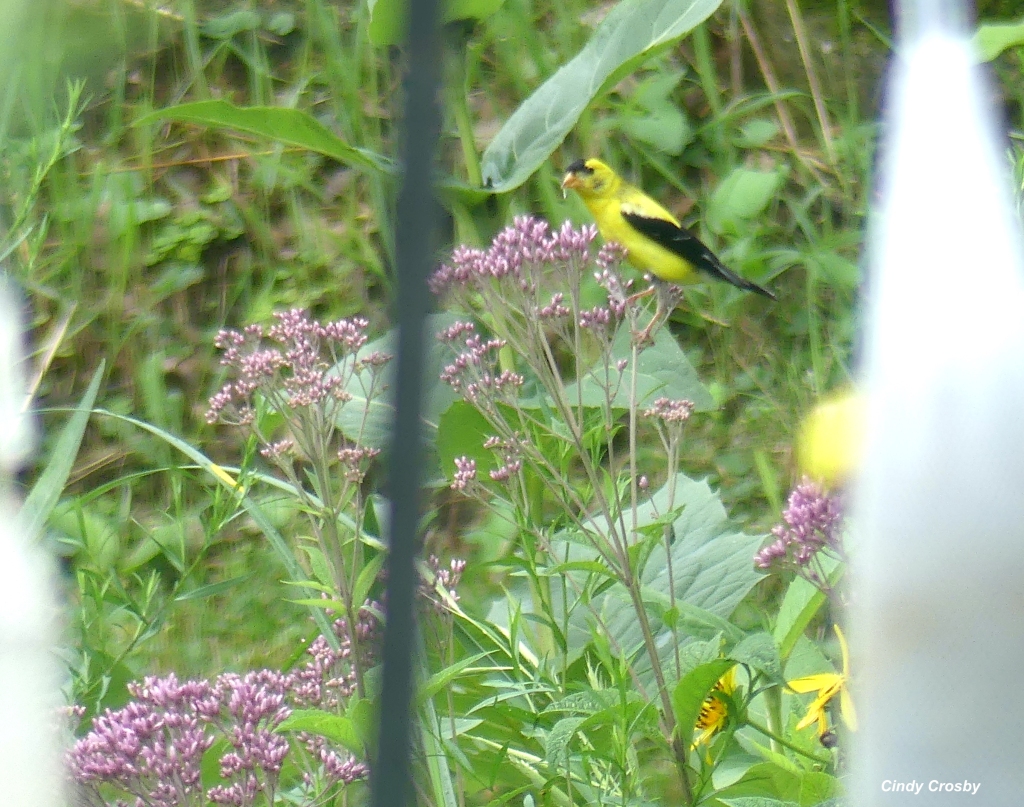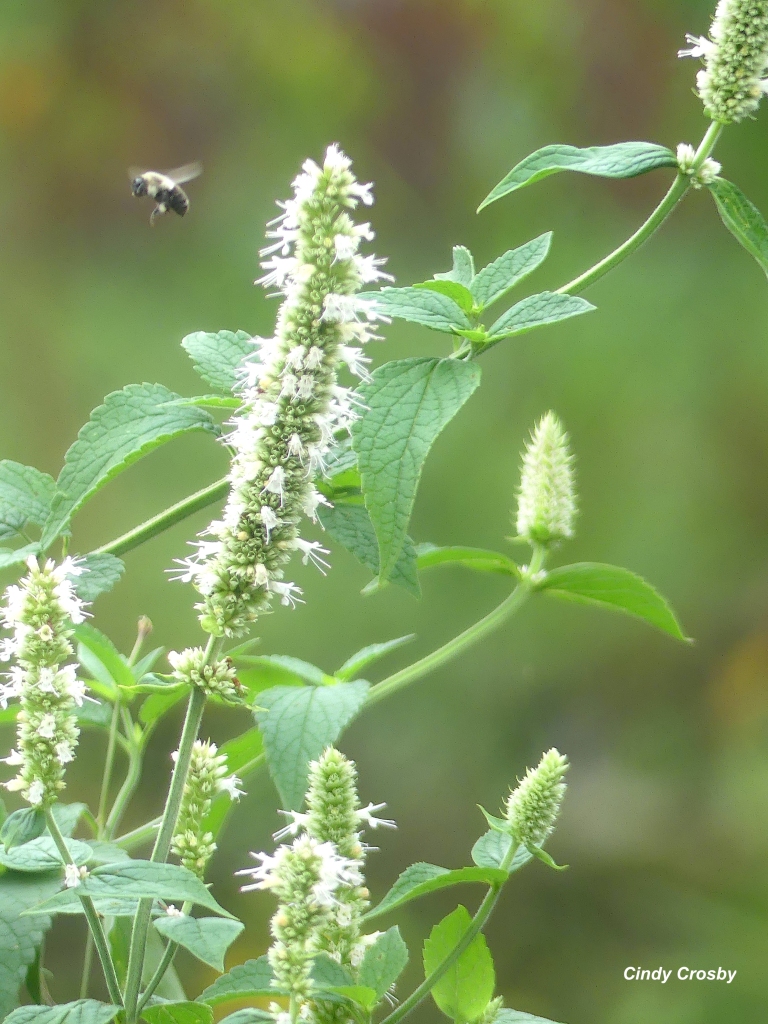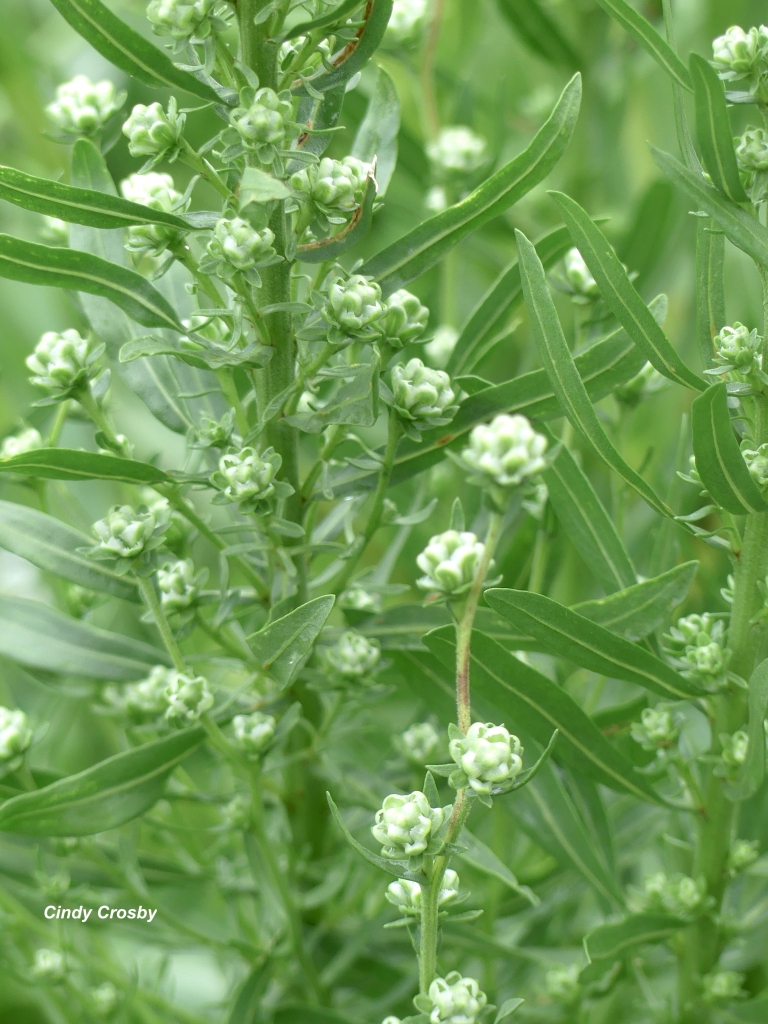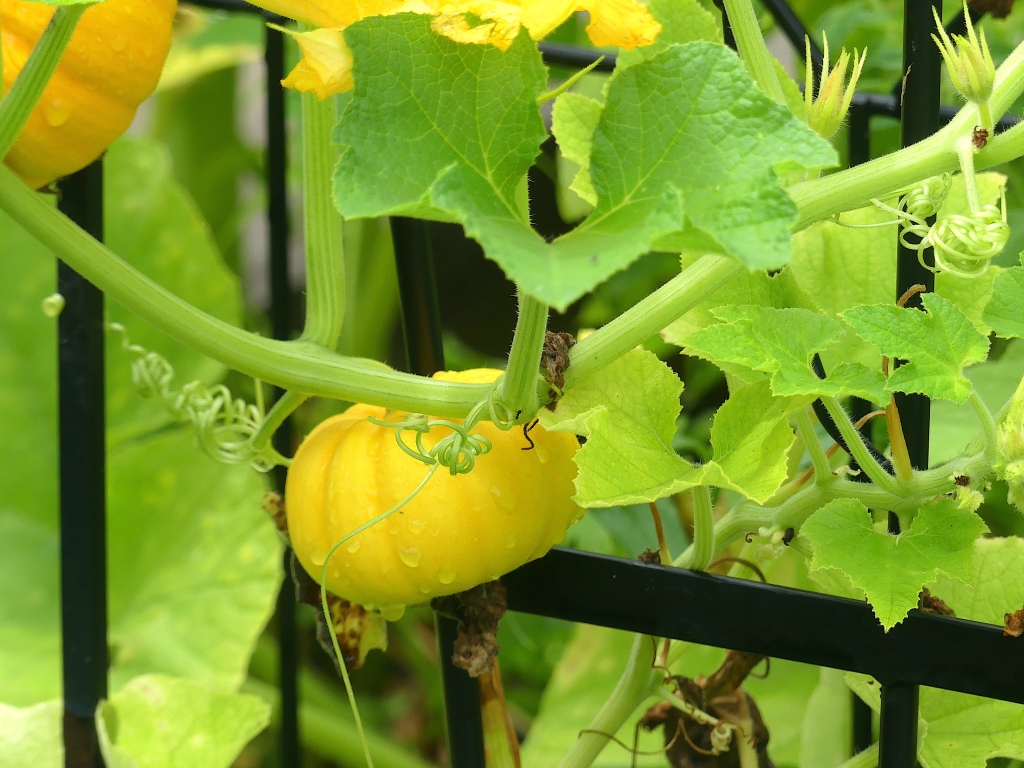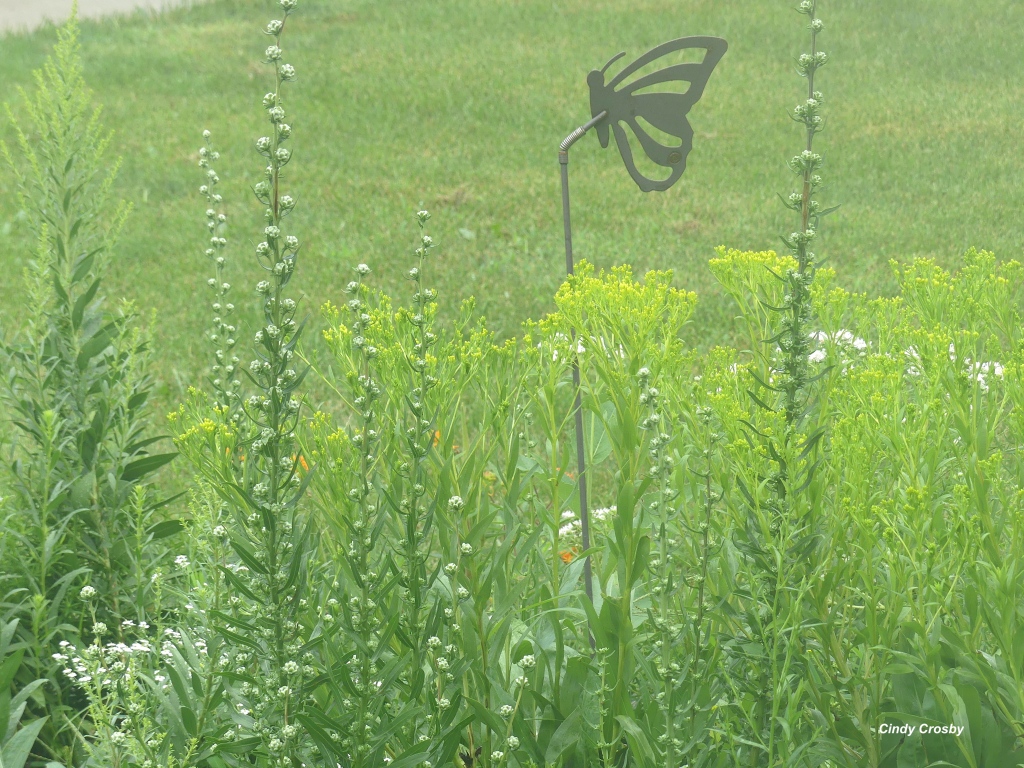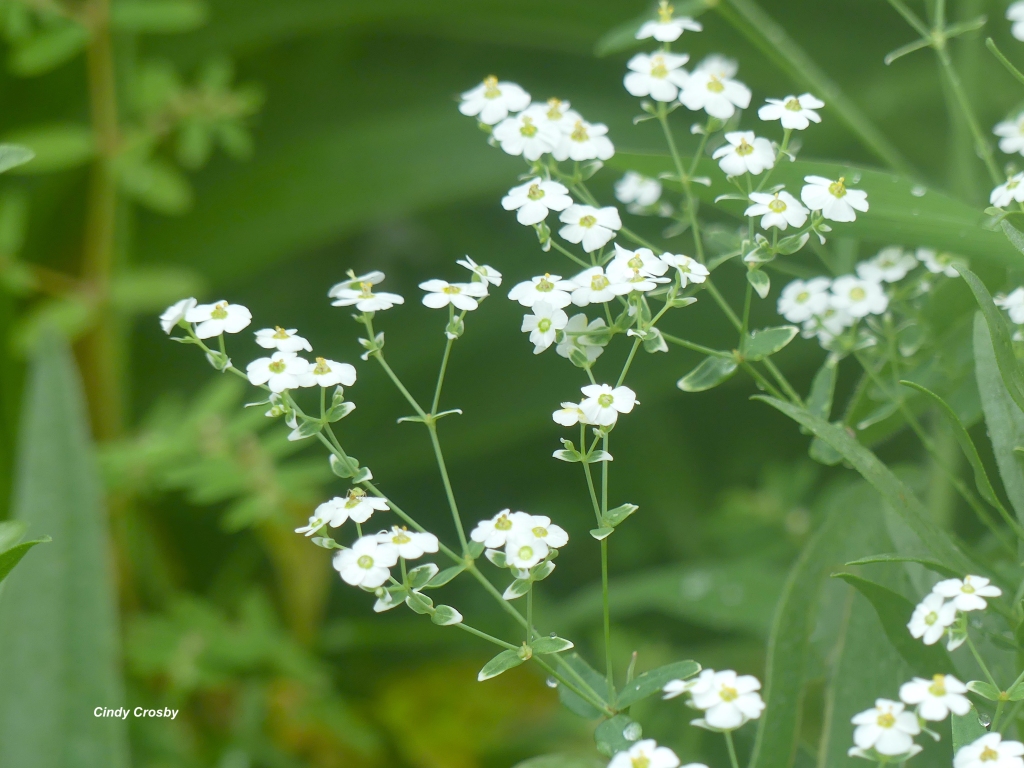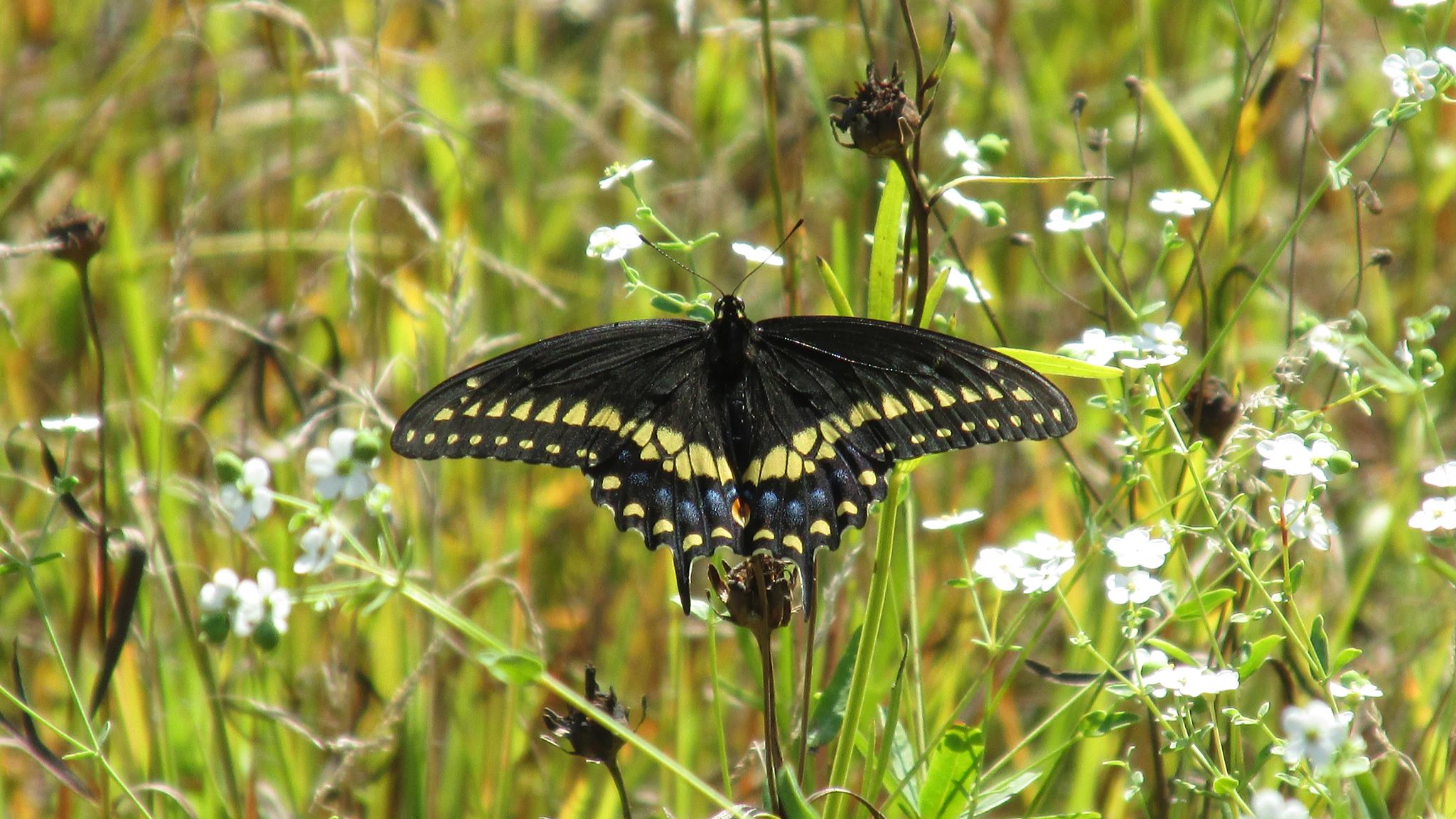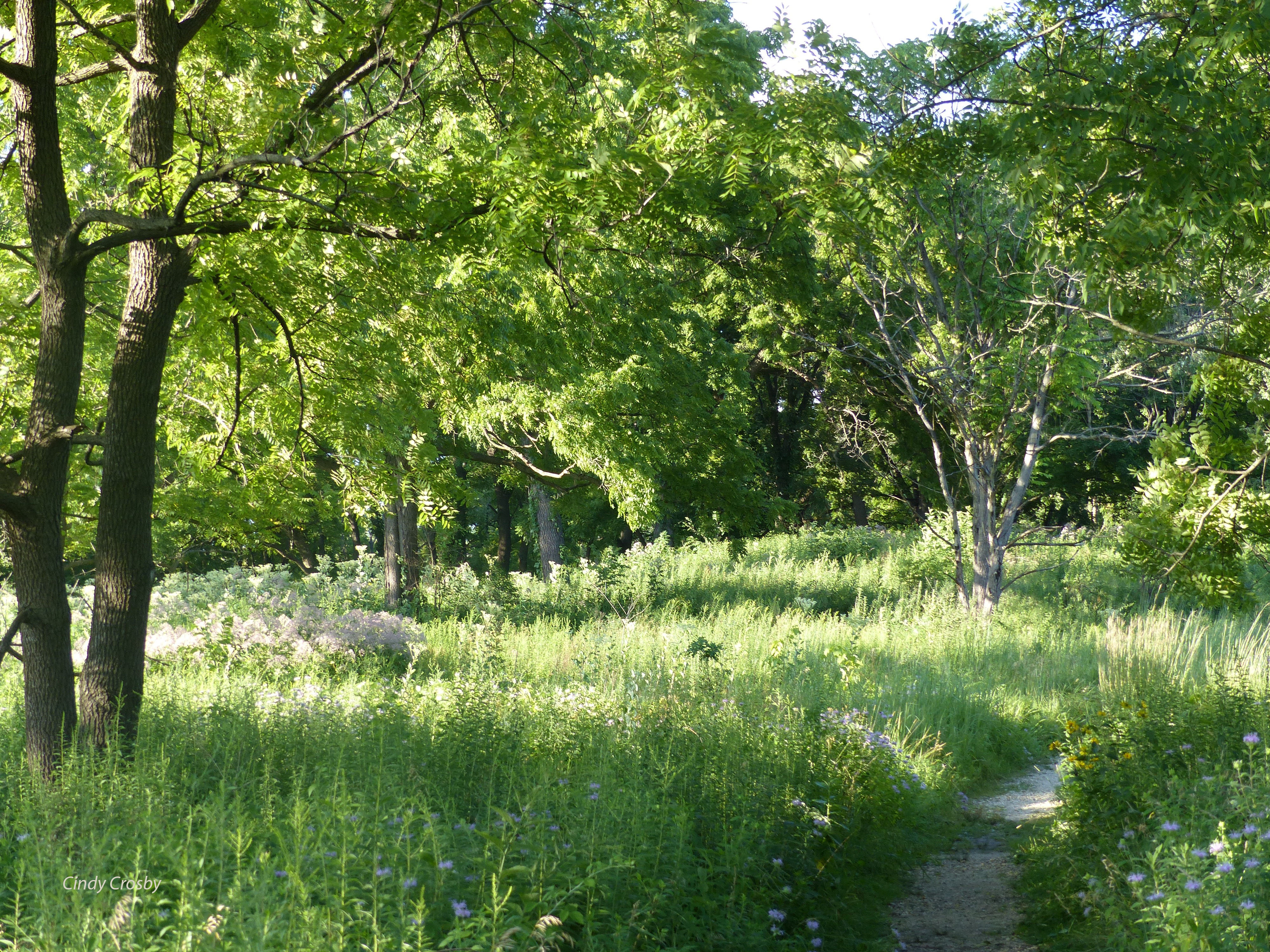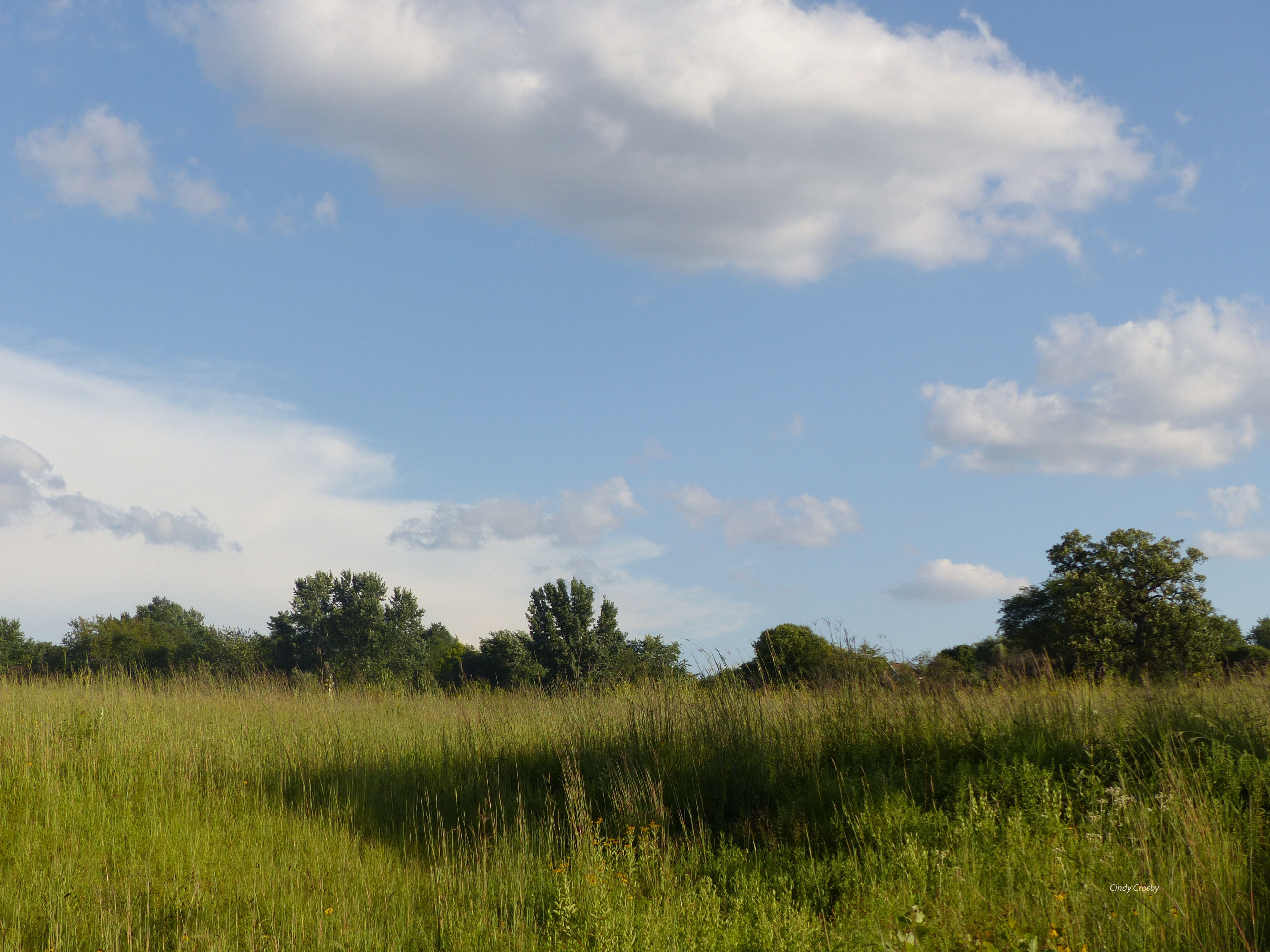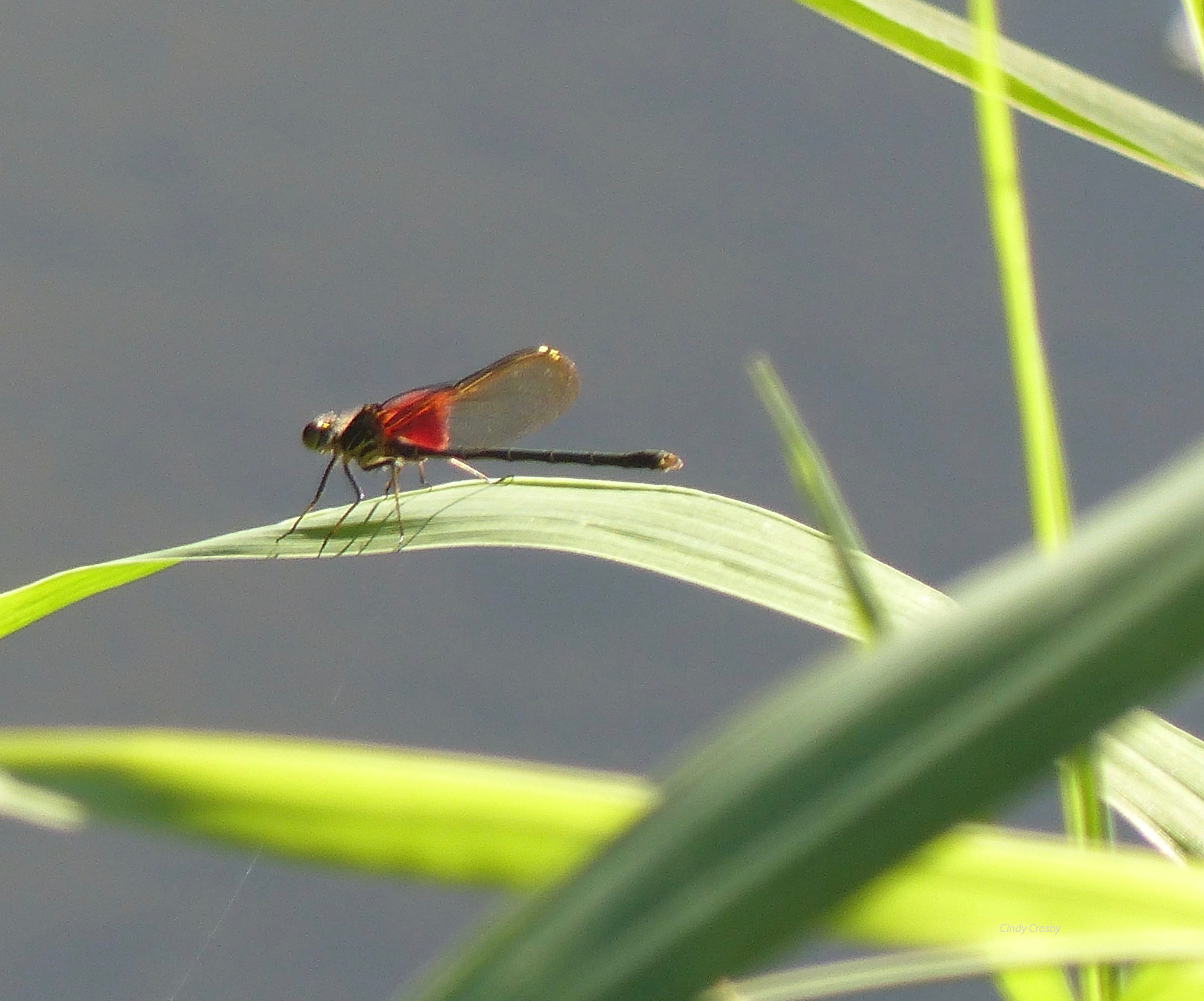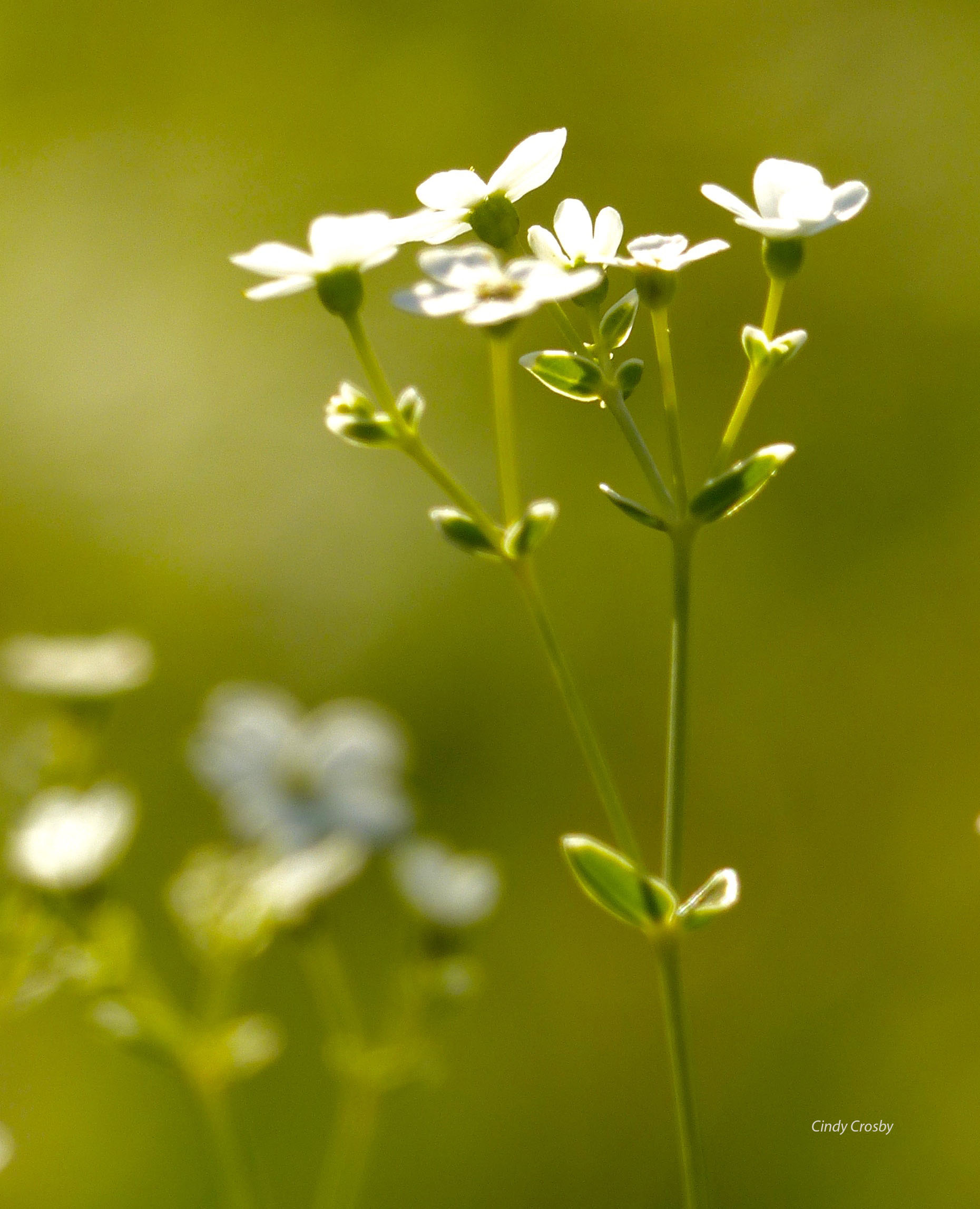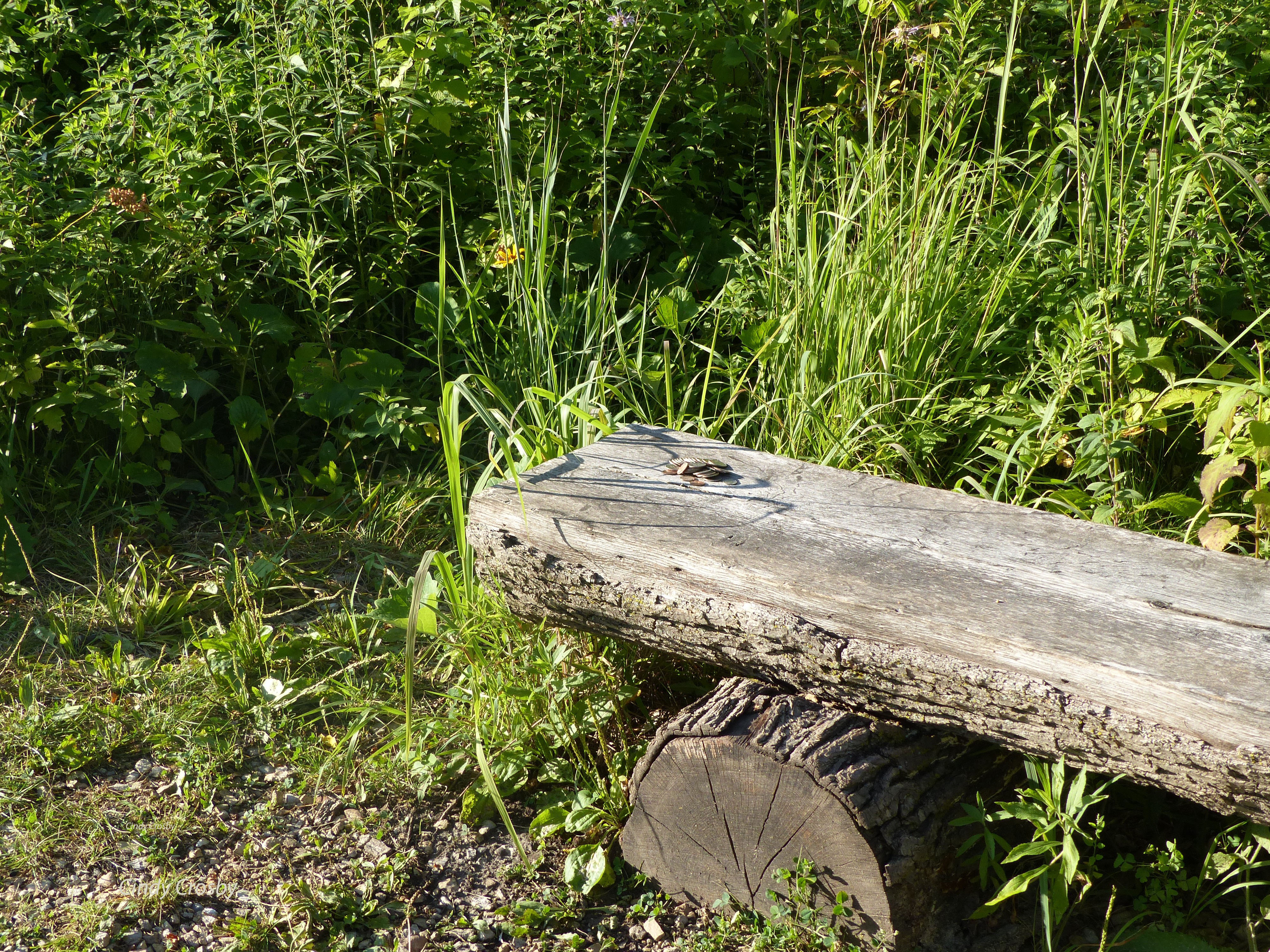“To put one foot in front of the other is one of the most important things we do.” — Erling Kagge
*****
Last night, the “Frost Moon” or “Beaver Moon” rose in newly-clear skies, bringing with it plunging temperatures and blue shadows across the snowy backyard prairie patch. I stepped outside to breathe the brittle air.

I’d forgotten what it felt like to be cold—really cold.

Watching the winter weather advisory unfold Monday from behind the windows at home had left me vaguely dissatisfied. I wanted to be outside. So, I drove to the Belmont Prairie Nature Preserve, a few precious remnant acres saved from development and the plow; sandwiched between I-88, a subdivision, and railroad tracks.
Gusts of winds blew snow into my face and dotted my camera lens.

The prairie had been transformed. Overnight.
*****
On Sunday, almost 24 hours before, Jeff and I strolled the Belmont Prairie together under gray skies. The smell of snow was in the air—-a promise of what was to come. For now, temps were in the 40s. Milkweed pods sent their seeds aloft in the breezes.

Cooling temperatures had sucked most of the vivid colors from the plants. A few, such as these tall coreopsis, were bruised out of their summer greens by the elements.

The last sunset hues were still in evidence on stiff goldenrod stems and foliage.

Although I walk the prairies from week to week, year-to-year, I’m always surprised when the bright colors are drained seemingly overnight by a wave of cold. Without so much color—and the motion and buzz of dragonflies and butterflies–your eyes adjust to a new prairie reality. Lovely in its own way. But different.
So much of the November prairie is about the simplicity of line.

The sharp relief of form.

The grace of silks and seeds.

The essence of the prairie season is distilled in its November plants, now winding down to an inevitable conclusion.

As we hiked Belmont’s trails in the late afternoon’s burgeoning dark, a great-horned owl called from the trees. The perfect ending to our walk. We hurried back to the car.
Cold was coming. A wintery mix….just hours away.
*****
Monday, we woke up to snow, snow, beautiful snow. I drove to the Belmont Prairie, this time alone.
What a difference 24 hours makes.

The snow-sugared milkweed pod still holds seeds, but now they’re wet and matted. The goldenrod behind it bends under the weight of the white stuff.

The sky sifts snow; softens the blunt edges of the prairie, outlines its structures…

…blurs the jagged silhouettes of seed heads.

We have entered the season of frosty geometry.

Even the sounds have changed. The snow dampens the rustle and hiss of grasses in the wind. I listen for the owl. Nothing. All I hear is the hum of traffic moving on nearby I-88.
Until. The sandhill cranes.
Their cries are faint—oh so faint—but unmistakable. They are headed south, toward warmth and sunshine. I shield my eyes in the snow, watching them go. It’s melancholy. But joyful as well. Another season is ending. A new one is beginning.

As I head back to the car, I see lights in the windows of houses sprinkled around the prairie. A woman, bundled to the eyes, shovels her driveway. The scrape-scrape-scrape is sharp and loud across the snow-blanketed landscape. Down the street that runs next to the prairie, a police cruiser pauses, idles.

My cheeks are red; my hands are glove-less and sting and ache. The wind whips ice crystals in my eyes. Each step I take on the narrow trails is uncertain. And yet.
When we put one foot in front of another, it changes us.

In his book, Walking, Erling Kagge writes, “Making things a little bit inconvenient gives my life an extra dimension.” I feel this tug all the time; the desire to be comfortable and the nagging knowledge that discomfort is often the gateway to discovery. There is a longing to be a participant in the prairie community, as well as an observer.
Kagge writes, “So much in our lives is fast-paced. Walking is a slow undertaking. It is among the most radical things you can do.” Its rare that I’m not rewarded when I push myself out of my comfort zone.
The radical rewards of prairie walking keep me going back for more.
*****
Erling Kaage (1963-) is the author of Silence and also, Walking: One Step at a Time, from which the opening quote is taken. He has walked to the North Pole, the South Pole, and to the summit of Mt. Everest.
*****
All photos and video copyright Cindy Crosby (top to bottom): almost full “Frost Moon,” —sometimes called “Beaver Moon”— over author’s backyard prairie, Glen Ellyn, IL; west side prairie planting and the European collection, The Morton Arboretum, Lisle, IL; Belmont Prairie Nature Preserve in the snow, Downer’s Grove, IL; common milkweed (Asclepias syriaca), Belmont Prairie Nature Preserve, Downer’s Grove, IL; tall coreopsis (Coreopsis tripteris), Belmont Prairie Nature Preserve, Downer’s Grove, IL; stiff goldenrod (Oligoneuron rigidum), Belmont Prairie Nature Preserve, Downer’s Grove, IL; prairie grasses, Belmont Prairie Nature Preserve, Downer’s Grove, IL; round-headed bush clover (Lespedeza capitata), Belmont Prairie Nature Preserve, Downer’s Grove, IL; common milkweed pappus (Asclepias syriaca), Belmont Prairie Nature Preserve, Downer’s Grove, IL; blazing star (Liatris aspera), Belmont Prairie Nature Preserve, Downer’s Grove, IL; snowy Belmont Prairie in mid-November, Downer’s Grove, IL; common milkweed (Asclepias syriaca) under snow, Belmont Prairie, Downer’s Grove, IL; the edge of Belmont Prairie, Downer’s Grove, IL; pale purple coneflower (Echinacea pallida), Belmont Prairie, Downer’s Grove, IL; compass plant (Silphium laciniatum), Belmont Prairie, Downer’s Grove, IL; sandhill cranes (Antigone canadensis) over Belmont Prairie, Downer’s Grove, IL; tall coreopsis (Coreopsis tripteris) seedheads, Belmont Prairie, Downer’s Grove, IL; tall coreopsis (Coreopsis tripteris) leaves, Belmont Prairie, Downer’s Grove, IL; Belmont Prairie in the snow, Downer’s Grove, IL.
*****
Please join Cindy for one of these upcoming classes or talks:
Saturday, December 7, 1:30-3 p.m.—Sterling Stories from the Arboretum Stacks: Grab a friend and spend a lively hour together sipping hot beverages while you enjoy little-known stories about the Morton Arboretum. What’s that old fountain doing in the library? Why was there a white pine planted in the May Watts Reading Garden? Who is REALLY buried in the Morton Cemetery—or not? What book in the Sterling Morton Library stacks has a direct relationship to a beheading? Why does the library have glass shelves? How has salt been a blessing —and a curse—to the Arboretum over its almost 100 years? Listen as 33-year Arboretum veteran library collections manager Rita Hassert and Cindy Crosby spin entertaining tales of a place you thought you knew….until now. A lovely afternoon enjoying little known Arboretum’s stories, and a quiet respite from the holiday hustle and bustle. Register here.
Sunday, December 8, 2-3:30 p.m.: Tallgrass Conversations at Prairieview Education Center, 2112 Behan Road, Crystal Lake, IL 815-479-5779 Book signing after the talk! Free and open to the public.
Tallgrass Prairie Ecology online wraps up this month! Watch for the next course in March. Registration opens on November 19 here.
Nature Writing continues at The Morton Arboretum, on-line and in-person through November 20. Next session begins March 3, 2020. Watch for registration soon!
Find more at www.cindycrosby.com
